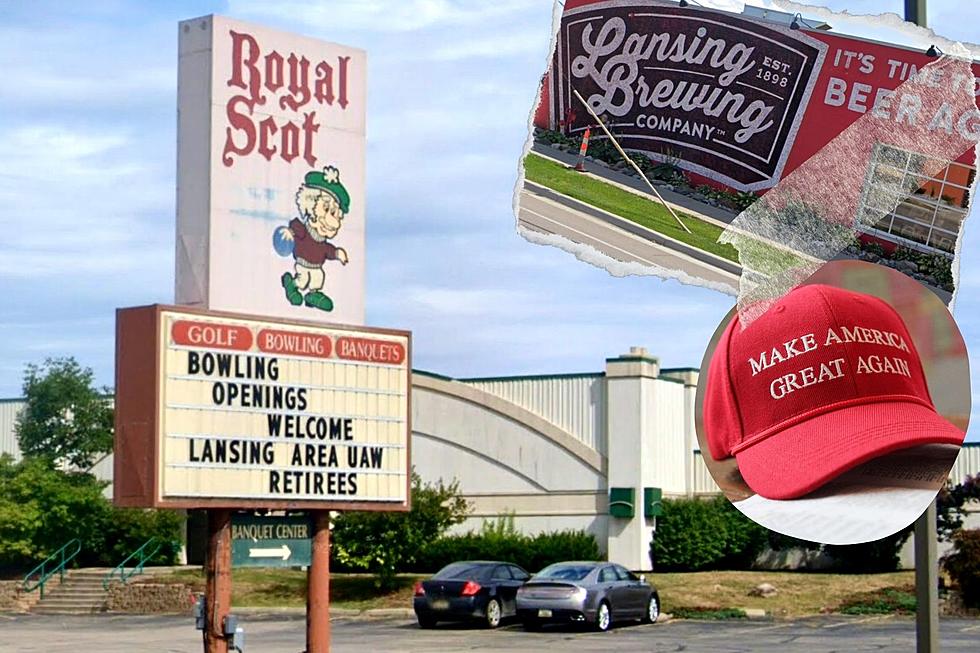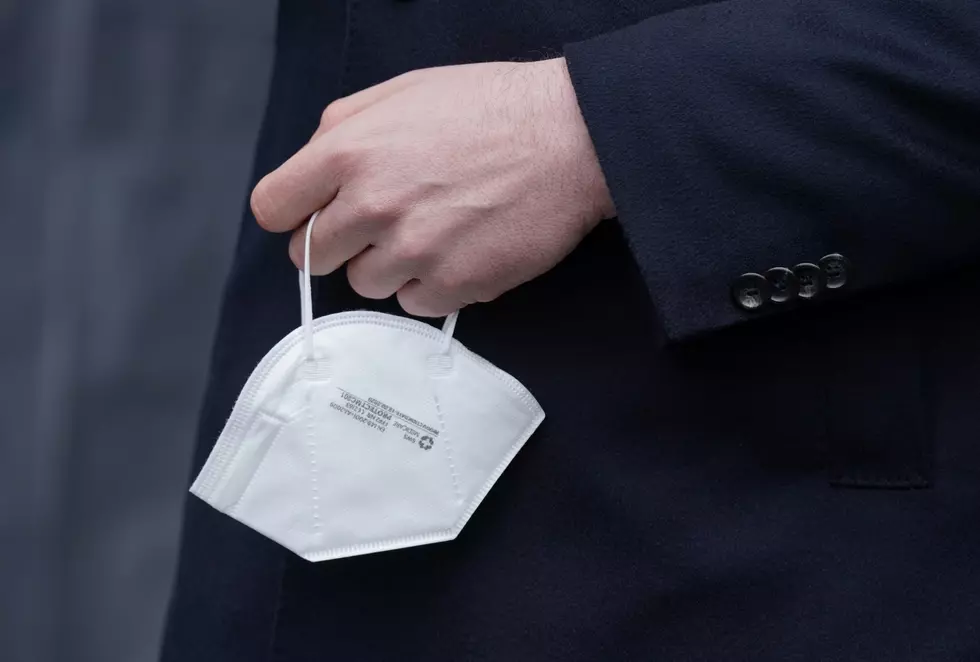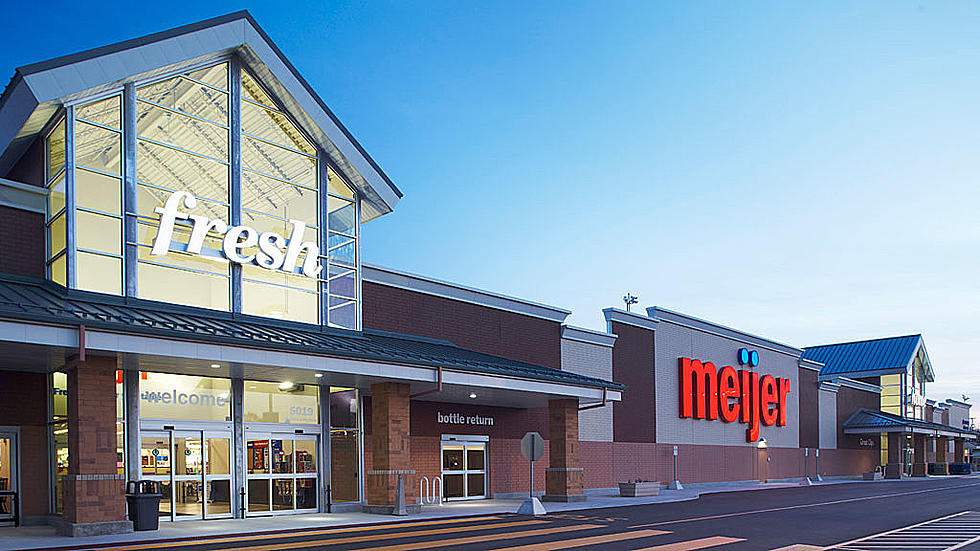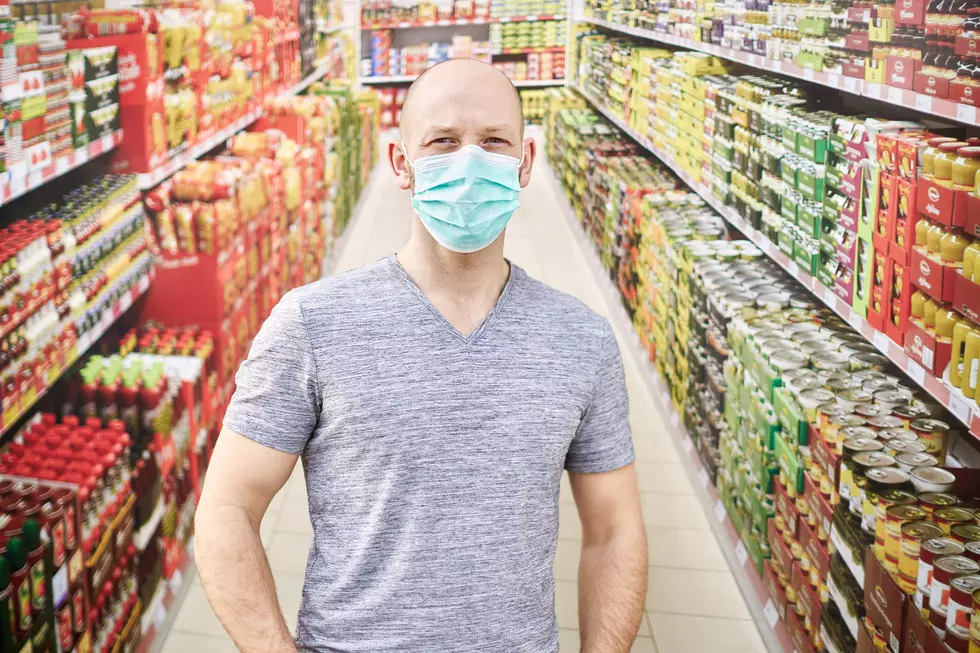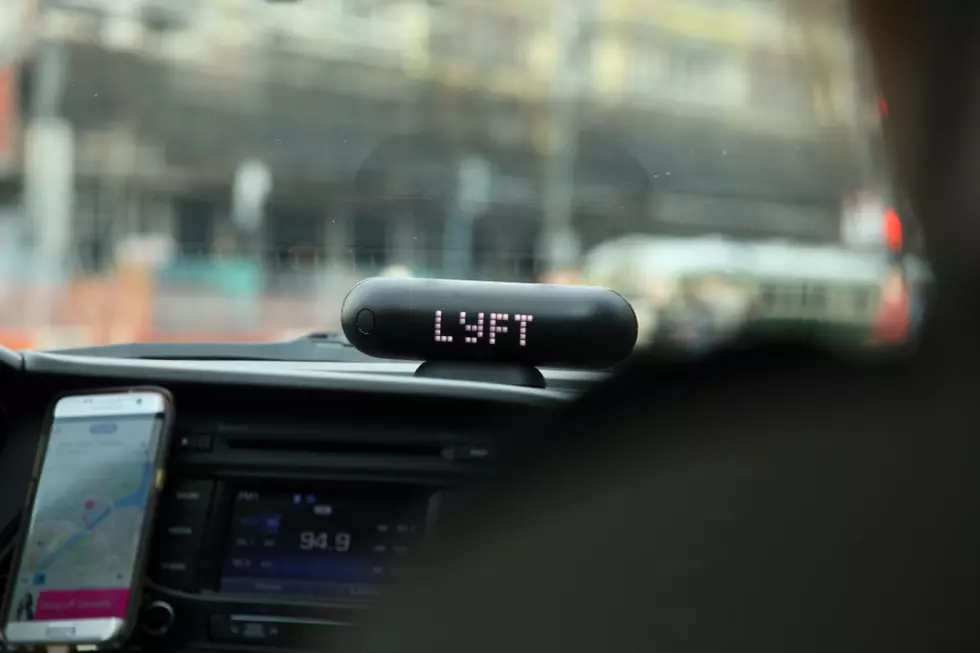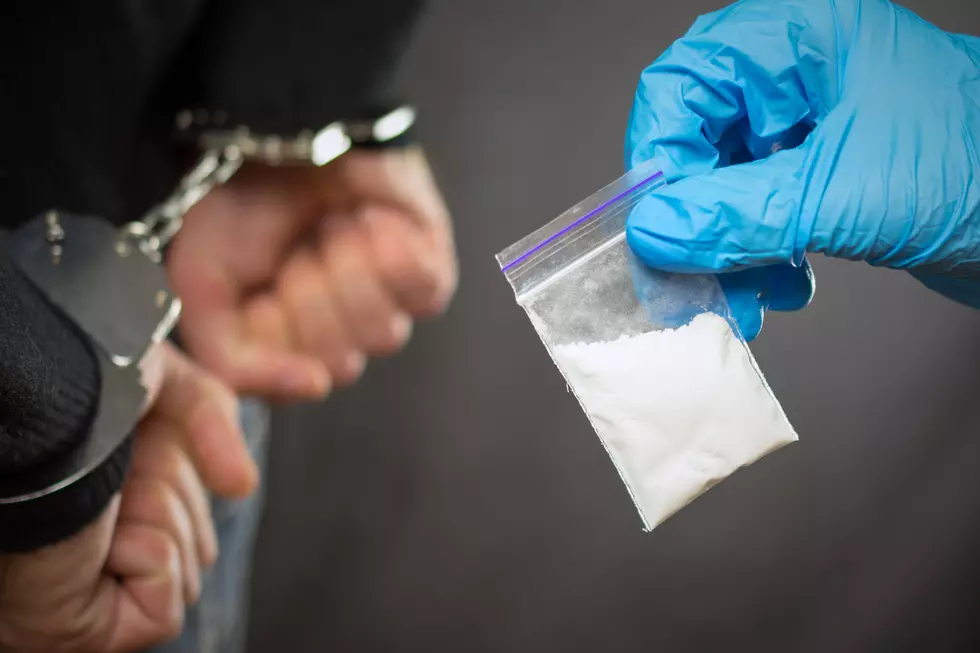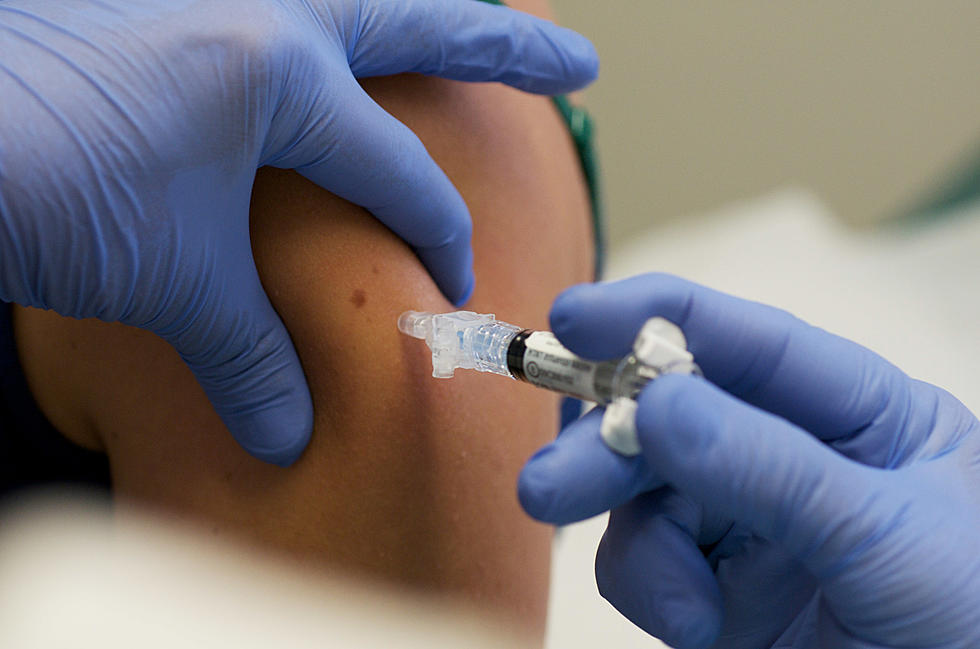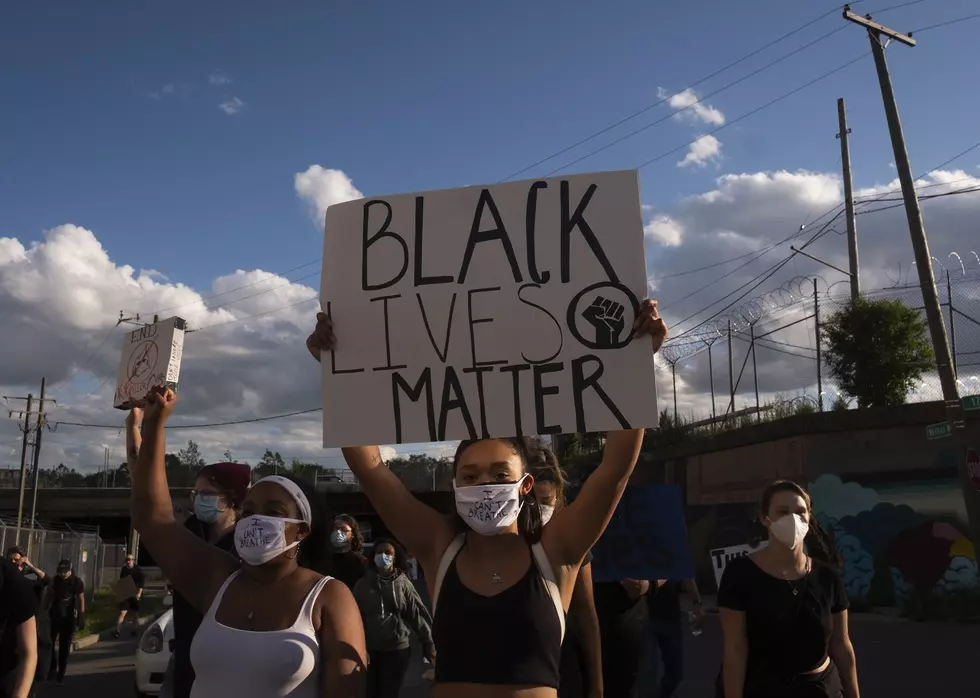
Did Protests Cause A COVID-19 Spike In Michigan?
It's a comparison we have been seeing a lot lately when we talk about the number of COVID-19 cases, so let's take a look and talk about it.
As our state begins to re-open, with certain restrictions like masks still in place, we have seen rises in the amount of cases of coronavirus. This is leading people to ask "what about the protests? Where are the numbers for that?"
Protests across the nation took place after the murder of George Floyd by officers in the Minneapolis Police Department. The protests were, and continue to be, a cry for justice for not only Floyd but other black Americans killed by police like Breonna Taylor, Elijah McClain and more.
According to Click On Detroit, the protests spanned 300+ cities in the United States, and while some turned violent, people still could not help but wonder how that all would coincide with the pandemic we have found ourselves in for much of 2020.
Citing a paper done by the National Bureau of Economic Research, Click On Detroit reports that to get information on COVID cases vs. protests, researchers "compared several data points, including mobility data, protest size, population and case growth in the following weeks, in 300 major U.S. cities."
What they found was that, according to researchers, "public speech and public health did not trade off against each other in this case."
As a result of the protests taking over entire cities, they actually found people who were choosing not to participate stayed home more than they otherwise would have.
Researchers did acknowledge that many protesters were younger and could have been asymptomatic; therefore, they would not have even gotten tested and reported in case numbers.
To look a bit deeper into Michigan's case numbers, on May 30th, the weekend the protests began, MLive reported Michigan just announcing 607 confirmed cases on Friday, May 29th.
So that is what we started out with here in Michigan just going into a weekend full of protests in cities like Flint, Grand Rapids, Lansing and more.
When we look at two weeks after that major protesting weekend, on Friday, June 12th, WZZM out of Grand Rapids reported Michigan had 125 new cases.
MLive reported on June 24th that Kalamazoo testing locations did observe an uptick in people coming to get tested after the protests, though Kalamazoo County health officials like county epidemiologist Mary Franks said they had not yet traced the virus back to protests or reopened restaurants at that time.
Which brings up another point. The protests across the state also coincided with businesses being able to open back up meaning the lines get a bit blurred when trying to trace if the virus was the result of protests or just people being back in public.
According to Click On Detroit:
If the protests had driven an explosion in cases, experts say, the jumps would have started to become apparent within two weeks — and perhaps as early as five days. But that didn’t happen in many cities with the largest protests, including New York, Chicago, Minneapolis, and Washington, D.C.
While the protests could have very well been a source of the spread of COVID-19 here in Michigan, the fact people in general were out and about more means a rise in cases as well.
As with many public events, the risk of contracting COVID-19 is something those attending must be conscious of.
We said we would look into the numbers and information from experts and now we present that information to you. We are in no way sharing our personal opinions on this matter, but rather trying to put together answers to a question we have been getting a lot lately.
Please take this information and use it to form your own educated opinions, and we sincerely hope we helped in some way, shape or form.

SEE MORE: 26 Moving Pictures From The Flint Protest
More From 1240 WJIM AM
